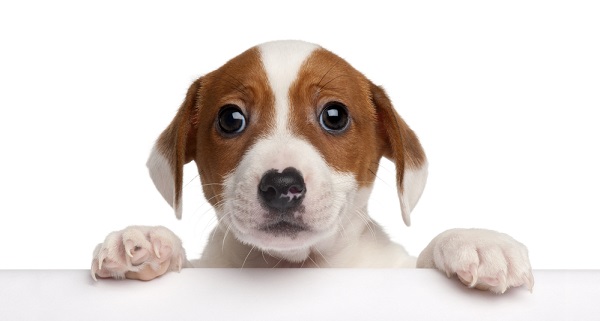
Table of Contents[Hide][Show]
Veterinarians keep dogs fit through regular exams and vaccinations. As their guardian, there are 10 habits you can do every month that will keep your dog healthy and add years to their life. Each of them begins with a simple touch.
Your dog will think you’re giving them a rubdown, but once you start implementing this routine, the results are amazing. They’ll help you recognize the early warning signs of disease.
Knowing your dog’s body through touch
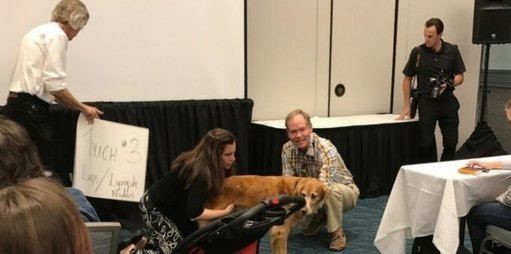
I was introduced to these lifesaving touches at a workshop taught by Julie Buzby, DVM.
Dr. Buzby is an integrative veterinarian who combines the best of Western veterinary medicine and holistic therapies. She’s also the creator of ToeGrips, a product that prevents dogs with arthritis and weakness in their limbs from slipping on slick surfaces.
Dr. Buzby developed her workshop to empower pet owners and teach us how different parts of a dog’s body should feel to our touch.
She encourages owners to learn how a dog’s body looks, feels and smells. That way even the slightest change will instantly jump out at you as a warning.
Dr. Buzby recommends doing the 10 touches once a month.
The 10 Habits That Will Keep Your Dog Healthy
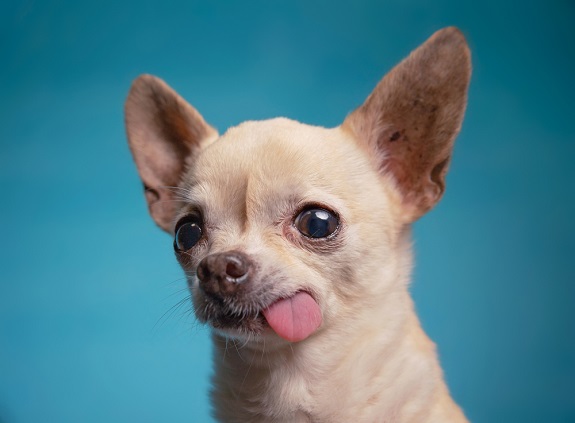
Touch 1: Body Condition Score
A dog’s BCS is based on four body parts: ribs, waistline, belly tuck, and fat beneath the skin. The perfect dog body has ribs you can easily feel when you rub over them with your hands. There should also be a slight waistline when you look overhead, a gentle upward tuck of their belly when you look from the side, and only a little fat when you gently raise the skin.
Learning this first touch is not about putting your dog on a diet, instead it’s to learn how your dog feels and looks. It’s a baseline, so you know when changes occur.
Touch 2: Skin and Coat
Gently rub your hands over your dog’s skin and coat. First go with the grain of the fur and then go against it. If you learn how the skin and fur feels on a regular basis, you’ll be able to detect any changes like dryness or lumps.
When you rub against the grain start at the tail and move toward the head. This lifts the fur slightly allowing you to feel for ticks and to see fleas and flea dirt. Flea dirt it is the feces or dried blood left by the flea. The most common place to see it is under the tail.
Touch 3: Lumps and Lymph Nodes
Lumps on your dog can have subtle changes. A gentle massage from the nose to the tail will help you keep track of any developments. While many lumps are an ordinary sign of aging, it’s good to know what’s normal for your dog.
Lymph nodes are located in 5 key areas in your dog’s body. Changes such as swelling can be the first sign of disease. Lymph nodes are located in pairs on each side of a dog’s: neck, above the shoulder blades, in the armpits, in the groin and down the hind legs. Rub your hands over each pair to make sure they feel consistent on each side of the body.
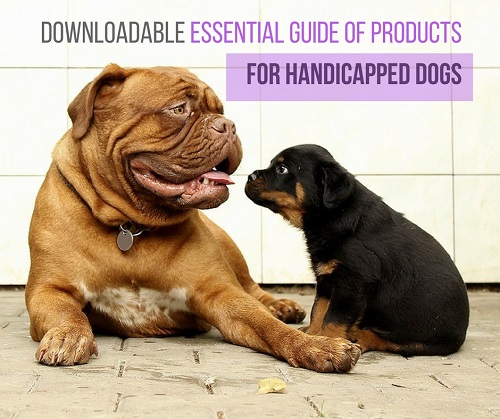
Get the Essential Guide
The Essential Guide of Products for Handicapped Dogs e-book is a labor of love for me. I wrote it to answer your most pressing questions about where to find the best products for your wheelchair dog. You’ll find products you didn’t know existed and each will improve your dog’s quality of life. Print a copy and keep it by your side.
Touch 4: Ears
Flip back each of your dog’s ears and get to know how they look and smell. The ears should be clean. Redness or discharge in and around the ear canal or a foul odor can be signs of an infection.
Touch 5: Eyes
The eyes reveal a lot about a dog’s health. Get to know how they look. Check for changes such cloudiness or a discharge in the iris and sclera (white part of the eye). Gently lift the lid to check for changes in the dog’s third eyelid.
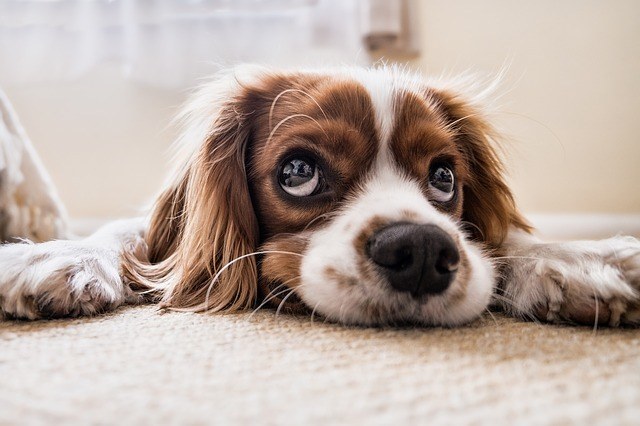
Touch 6: Gums and Teeth
Every pet owner should establish a baseline for the color of their dog’s gums. Are they solid pink or do they have patches of black pigment? Are they bright pink of slightly pale? All of these variations are normal. It’s your job to be familiar with how they look in your pet.
Gently press on the pink area for 1-2 seconds and then release. This will give you a baseline for how quickly the gums return to their normal color after light pressure is applied. Changes to the gums can tell your veterinarian volumes about your dog’s health.
Next check the condition of the teeth. Is there tartar built up or are there broken teeth that should be fixed?
And finally take a quick look at your dog’s throat. Learn how it looks on a routine basis.
Touch 7: Legs, Paws and Nails
The leg touch is about symmetry so it’s important to use both of your hands as you rub your dog’s two front legs and then the back legs. Feel for any differences. Is there a lump on one limb, but not the other? Does one knee feel different? Any changes should be reported to your veterinarian.
Next check each paw for sores on the pad or between the toes. Look for discoloration or hair loss. This could be a sign that your dog’s been licking the paws and may suffer from allergies.
Examine the length of your dog’s nails. This is a big concern for Dr. Buzby who is a proponent of keeping your pet’s nails neatly trimmed.
Long nails impact a dog’s gait and posture, and contribute to spine problems.

My favorite harnesses for disabled dogs.
Touch 8: Belly and Abdomen
Gently touch your dog’s belly. Get familiar with the general shape of the abdomen and take note of how soft or hard it is. This again will help you establish a baseline if something changes. A belly that feels hard or swollen can be the first sign of diseases like: Cushing’s Syndrome or bloat.
Touch 9: Chest (Heart and Lungs)
This touch gets you familiar with your dog’s heart rate. Place the palm of your hand on the left side of your dog’s chest just behind the elbow. Feel the speed and rhythm of your dog’s normal heart beat.
Next rub your hands over your dog’s chest. Become familiar with how your dog breathes.
Touch 10: Check Under the Tail
Gently lift your dog’s tail and notice how it looks. Are there signs of worms or fleas, or is there redness or bulging? Check to see if there’s an odor. If your dog is a female check around the vulva for any discoloration, as well.
Click here to read: When your dog needs and MRI and what the test reveals.
A Final Note About the 10 Habits That Will Keep Your Dog Healthy
This routine might seem awkward when you first start. But if you do it at least once a month, every month it’ll become a bonding experience between you and your pet. Dogs love a rubdown and this is one that could potentially save their life.
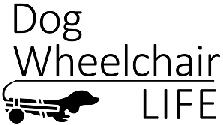
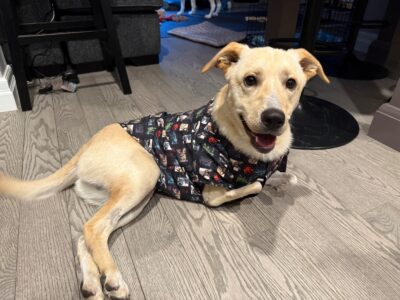
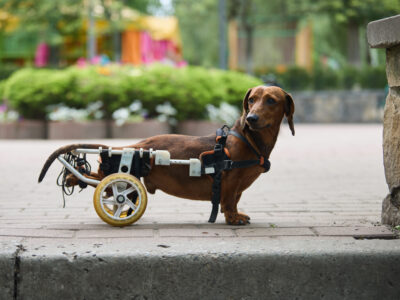
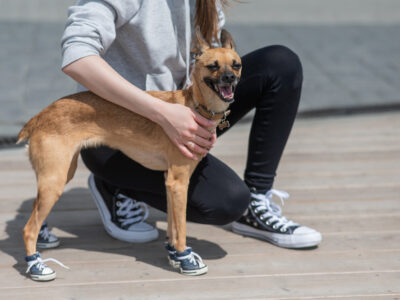

Leave a Reply